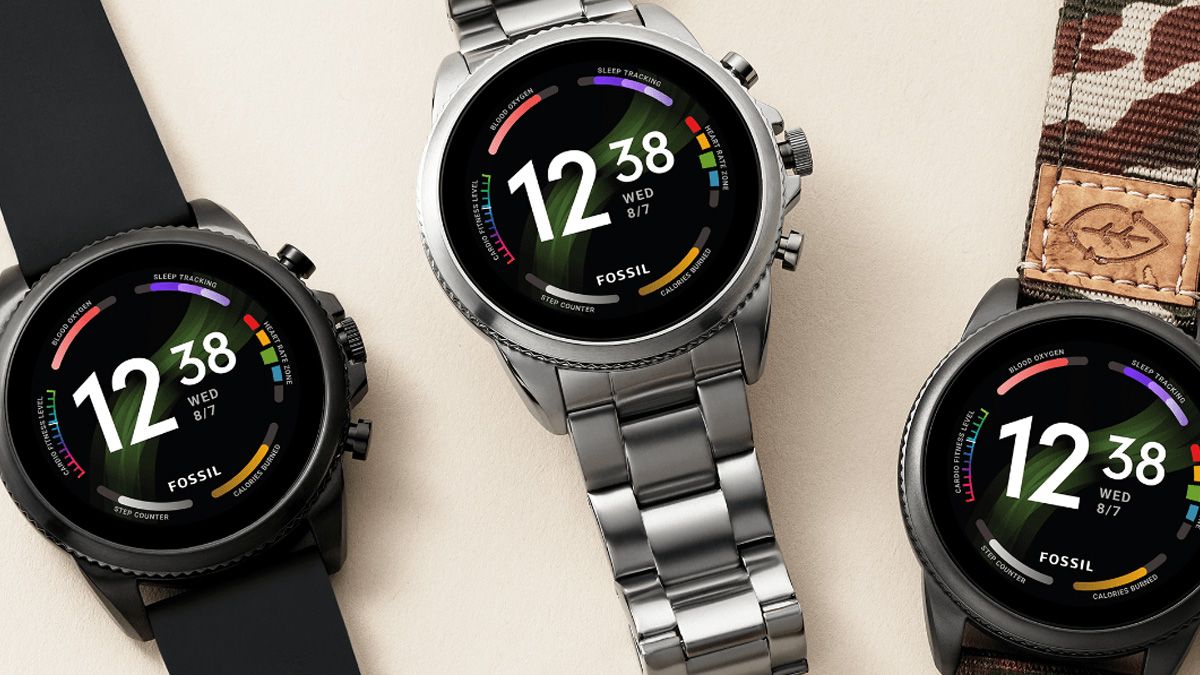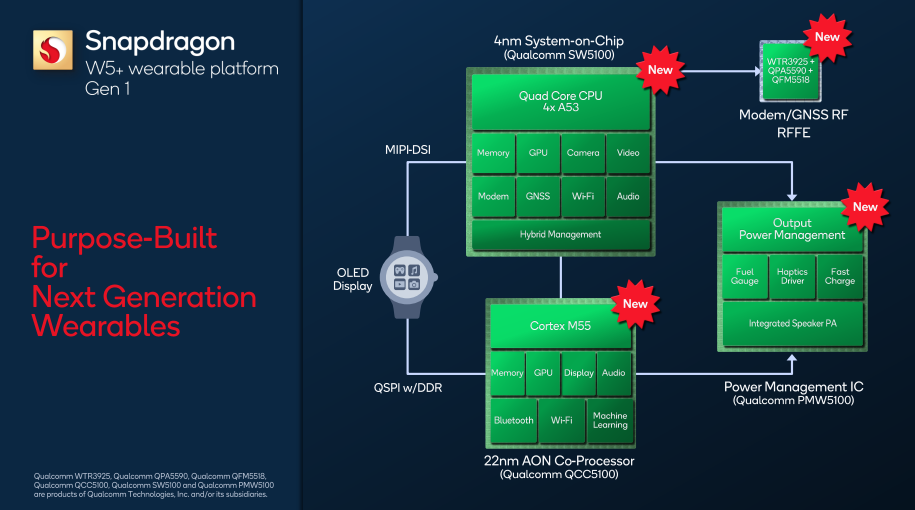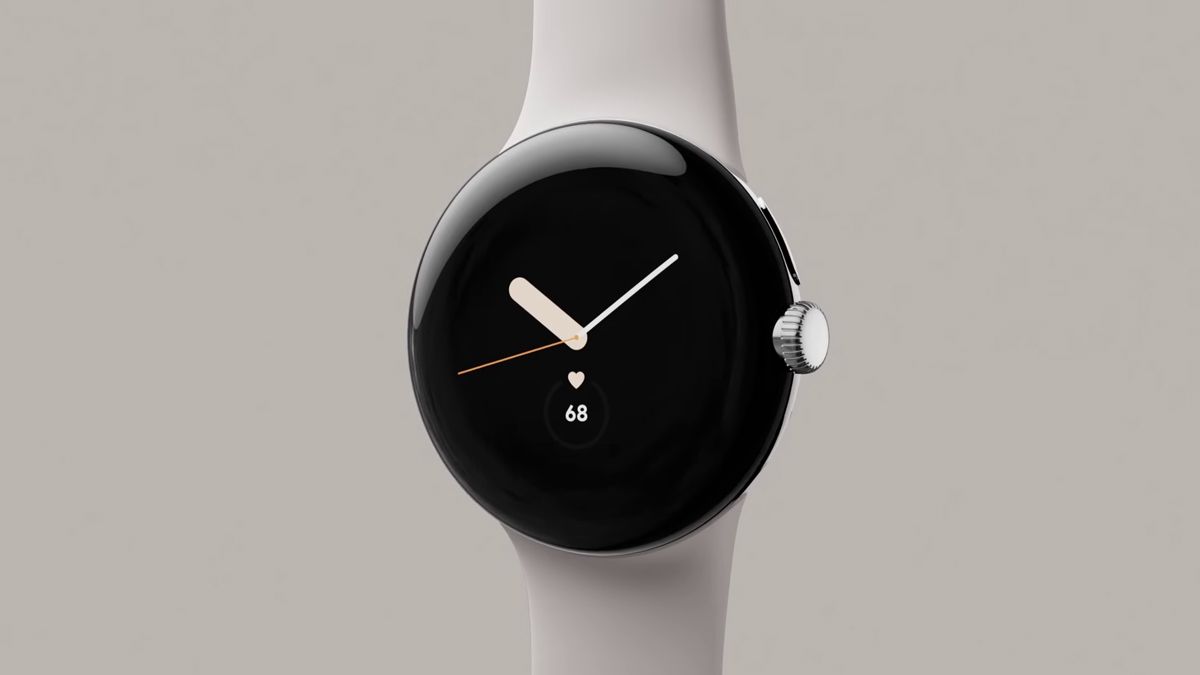Most smartwatches based on Android or Google's Wear OS platform use Snapdragon System-on-a-Chip (SoC) designs from Qualcomm. The company announced a pair of new smartwatch chips today, but will they be used in popular watches?
Snapdragon W5 and W5+
Qualcomm has two new chipsets for smartwatches, the Snapdragon W5 and W5+, intended as successors to the Snapdragon Wear 4100 and 4100+ (found in watches like the Fossil Gen 6), respectively. Both chips are built with a 4nm process (down from 12nm on the 4100+), which should improve power efficiency and performance, and the physical size is 30% smaller. Bluetooth 5.3 is also standard across both chips.
That's about where the similarities end, at least based on the information Qualcomm provided -- the company isn't talking much about the regular W5. Just like the Wear 4100+ before it, the W5+ chip has a low-power co-processor that takes over some functions from the main chip when the smartwatch is not actively being used.
The main benefit to the co-processor is improved battery life. Compared to the Wear 4100+, Qualcomm says the W5+ uses 42% less power with the always-on display, 39% less power in LTE standby, and 36% less power when streaming music to Bluetooth headphones.
There are also a few performance improvements, but only in specific use cases -- it's clear Qualcomm's priority this time around was extending battery life, not making watches faster. The Snapdragon Wear W5+ has the same four Cortex A53 cores as the 4100+, but the GPU has been swapped from an Adreno 504 to an Adreno 702, which Qualcomm says will help with 3D maps and other graphically-intensive tasks.
The Plus Problem
Qualcomm provided almost no details about the lower-end W5 chipset, and because the W5 doesn't have the co-processor found in the W5+, it won't have the same battery life improvements.
The W5+ is being targeted at mainstream smartwatches, while the W5 is only intended for "segment-specific wearables" -- watches for children, health trackers, corporate customers, and so on. However, if this new generation is anything like the last one, most smartwatches will choose the cheaper chip without the co-processor or continue using other options.
The Mobvoi TicWatch Pro 3 was released in September 2020 with the regular 4100 (not a 4100+), then not a single (mainstream) watch arrived with the 4100 series until nearly a year later. Mobvoi revealed another 4100 watch in June 2021, and the Fossil Gen 6 became the first 4100+ smartwatch a month later. Fossil Group later released a few more watches based on the Gen 6 using the same chip, such as the Razer X Fossil Gen 6.
Meanwhile, Samsung uses its own Exynos chips in the Galaxy Watch 4, just like the Apple Watch uses Apple's own chipsets. The Pixel Watch might be most-anticipated Wear OS watch right now (that or the Galaxy Watch 5), but Google said during the launch event that it would use a Tensor-branded chip. Reports from 9to5Google indicate it may use the Samsung Exynos 9110, the same chip from the 2018 Samsung Galaxy Watch.
So, the question remains -- who's going to use the new Snapdragon wearable chips, especially the plus version? Qualcomm revealed that Mobvoi is working on a new watch with the Snapdragon W5+, and that the upcoming Oppo Watch 3 will use the regular W5, but no other concrete products are public yet.



